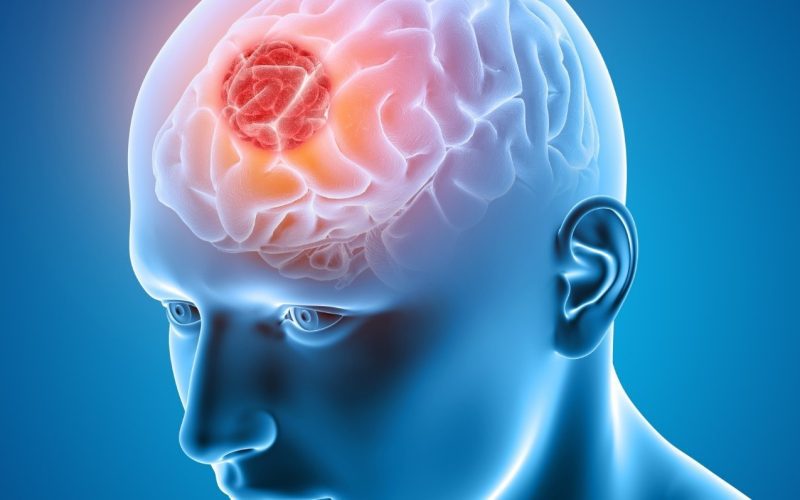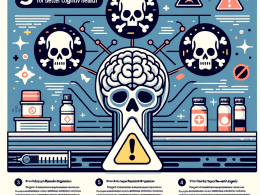Advancements in Treating Brain Cancer in Children
Brain cancer in children represents one of the most challenging areas in pediatric oncology. Despite its rarity, it is the leading cause of cancer-related deaths among children. In recent years, however, significant advancements have been made in understanding and treating pediatric brain tumors. This article delves into the latest developments and the future prospects in this crucial field.
Understanding Pediatric Brain Cancer
Brain tumors in children differ significantly from those in adults, both in terms of their biological behavior and response to treatment. The most common types of pediatric brain tumors include medulloblastomas, gliomas, and ependymomas. Each type presents unique challenges and requires tailored treatment strategies.
Molecular and Genetic Insights
One of the most groundbreaking advancements in recent years has been the application of molecular and genetic profiling to pediatric brain tumors. Techniques such as next-generation sequencing (NGS) and whole-genome sequencing have provided deeper insights into the genetic mutations and molecular pathways involved in these cancers.
For instance, the discovery of specific mutations in the histone H3 gene in diffuse intrinsic pontine gliomas (DIPG) has opened new avenues for targeted therapies. Similarly, the identification of the sonic hedgehog (SHH) and WNT signaling pathways in medulloblastomas has led to the development of more precise, targeted treatment options.
Targeted Therapies
Targeted therapies have revolutionized the treatment landscape for many cancers, and pediatric brain tumors are no exception. Unlike traditional chemotherapy, which affects both cancerous and healthy cells, targeted therapies aim to interfere with specific molecular targets involved in tumor growth and progression.
Small Molecule Inhibitors
Small molecule inhibitors, such as BRAF inhibitors for tumors with the BRAF V600E mutation, have shown promise in treating certain types of pediatric brain tumors. These inhibitors work by blocking the activity of proteins that promote cancer cell growth.
Monoclonal Antibodies
Monoclonal antibodies are another class of targeted therapies that have shown efficacy in treating pediatric brain tumors. These antibodies can be designed to recognize and bind to specific proteins on the surface of cancer cells, thereby inhibiting their growth or marking them for destruction by the immune system.
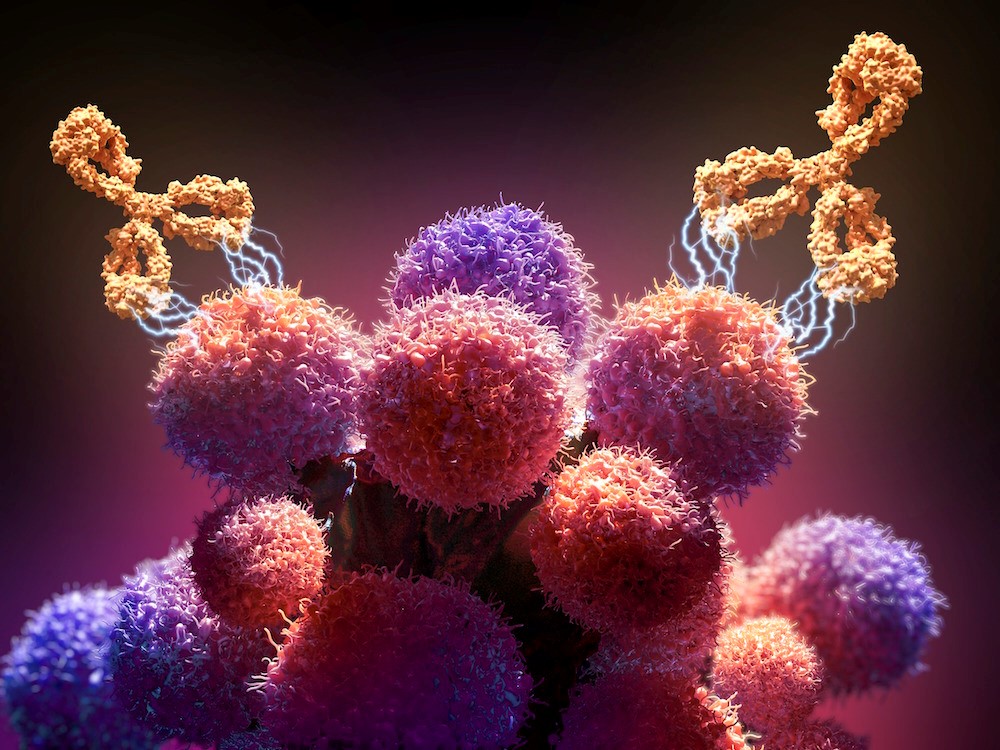
Immunotherapy
Immunotherapy, which harnesses the body’s immune system to fight cancer, has emerged as a promising approach in treating pediatric brain tumors. Several types of immunotherapy are currently being explored:
Checkpoint Inhibitors
Checkpoint inhibitors, such as pembrolizumab and nivolumab, have shown potential in treating pediatric brain tumors by blocking proteins that prevent the immune system from attacking cancer cells.
CAR-T Cell Therapy
Chimeric antigen receptor (CAR) T-cell therapy, which involves modifying a patient’s T cells to recognize and attack cancer cells, has shown remarkable success in treating certain types of leukemia and is now being investigated for pediatric brain tumors.
Vaccine-Based Therapies
Vaccine-based therapies, which aim to stimulate the immune system to recognize and attack cancer cells, are also being explored. For example, the use of dendritic cell vaccines, which involve extracting a patient’s immune cells, modifying them to recognize tumor antigens, and reintroducing them into the body, has shown promise in early clinical trials.
Advanced Imaging Techniques
Accurate diagnosis and monitoring of pediatric brain tumors are critical for effective treatment. Advances in imaging technologies have significantly improved the ability to detect and characterize these tumors.
Magnetic Resonance Imaging (MRI)
High-resolution MRI techniques, such as functional MRI (fMRI) and diffusion tensor imaging (DTI), provide detailed information about tumor location, size, and its impact on surrounding brain structures. These techniques are invaluable for surgical planning and monitoring treatment response.
Positron Emission Tomography (PET)
PET imaging, combined with novel radiotracers, allows for the visualization of metabolic activity within tumors. This can help differentiate between active tumor tissue and treatment-related changes, guiding therapeutic decisions.
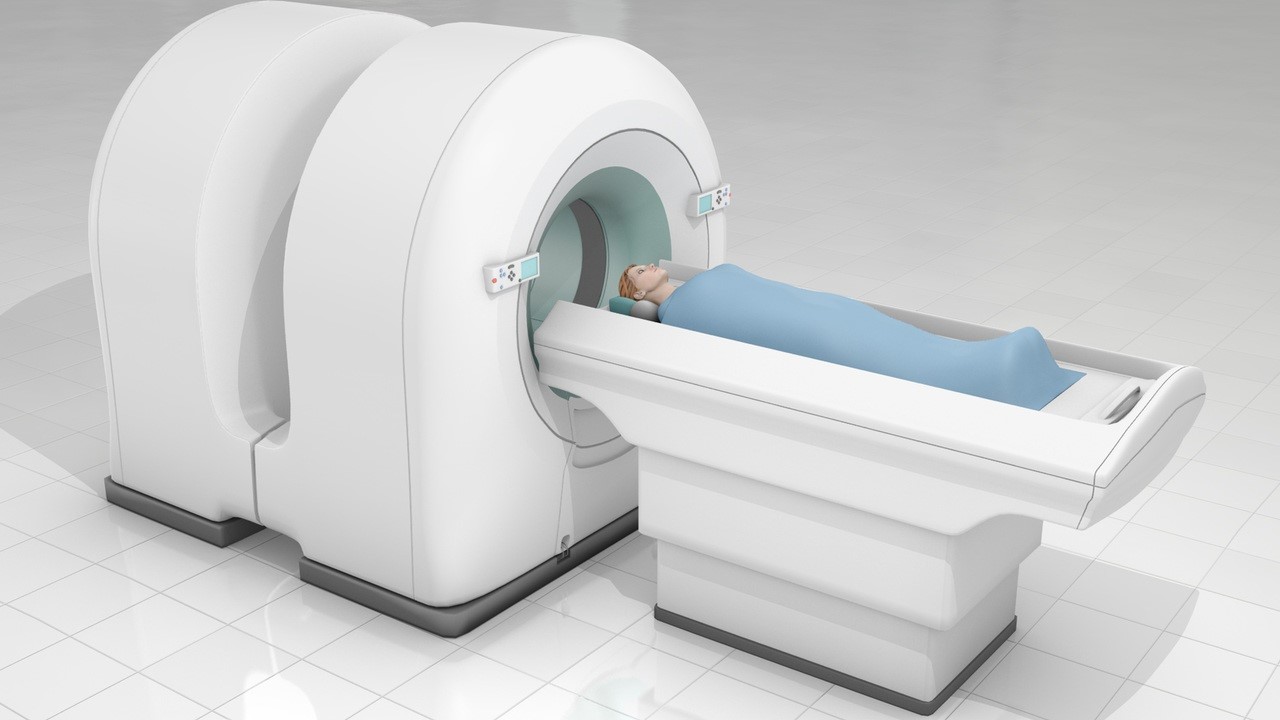
Surgical Innovations
Surgery remains a cornerstone in the treatment of pediatric brain tumors. Recent advancements in surgical techniques and technologies have enhanced the safety and efficacy of these procedures.
Intraoperative MRI
Intraoperative MRI allows for real-time imaging during surgery, enabling neurosurgeons to achieve more precise tumor removal while minimizing damage to healthy brain tissue.
Minimally Invasive Techniques
Minimally invasive surgical techniques, such as endoscopic and laser ablation procedures, offer less invasive options for tumor removal, resulting in shorter recovery times and reduced complications.
Radiation Therapy
Radiation therapy is a critical component of treatment for many pediatric brain tumors. Advances in radiation delivery techniques have improved the precision and effectiveness of this treatment modality.
Proton Therapy
Proton therapy, which uses protons instead of traditional X-rays, allows for more precise targeting of tumor tissue while sparing surrounding healthy tissue. This is particularly important in pediatric patients, as it reduces the risk of long-term side effects.
Stereotactic Radiosurgery
Stereotactic radiosurgery, which delivers highly focused radiation beams to the tumor, offers a non-invasive alternative to traditional surgery for certain types of brain tumors. This technique is especially useful for treating tumors in hard-to-reach locations.
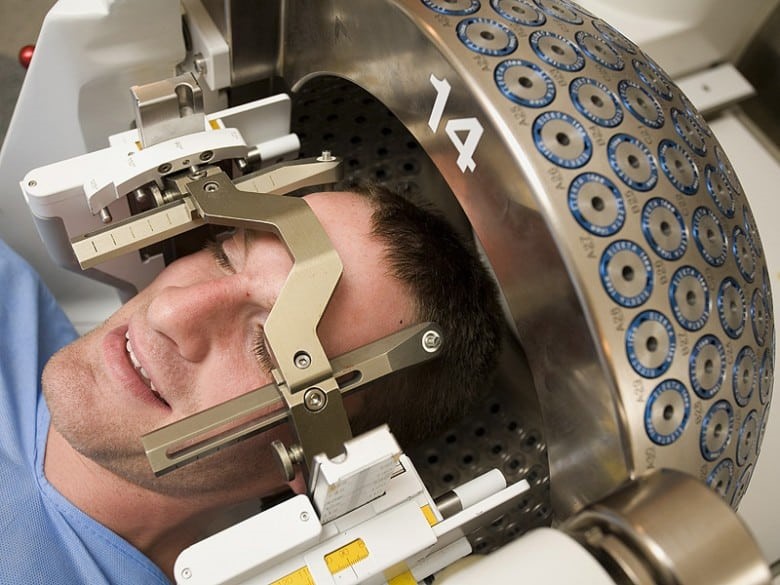
Multidisciplinary Care
The treatment of pediatric brain tumors requires a multidisciplinary approach involving pediatric oncologists, neurosurgeons, radiologists, and other specialists. Collaborative efforts among these experts ensure that each child receives a comprehensive and personalized treatment plan.
Supportive Care
In addition to medical treatments, supportive care plays a crucial role in improving the quality of life for children with brain tumors. This includes pain management, nutritional support, and psychological counseling for both patients and their families.
Future Directions
The field of pediatric brain tumor research is rapidly evolving, with ongoing clinical trials and research studies aimed at developing new therapies and improving existing ones. Some promising areas of investigation include:
Personalized Medicine
Advances in molecular and genetic profiling are paving the way for personalized medicine approaches, where treatment is tailored to the specific genetic and molecular characteristics of each child’s tumor.
Combination Therapies
Combining different treatment modalities, such as targeted therapies, immunotherapy, and radiation, holds the potential to enhance treatment efficacy and overcome resistance mechanisms.
Novel Drug Delivery Systems
Innovative drug delivery systems, such as nanoparticles and convection-enhanced delivery, are being explored to improve the delivery of therapeutic agents directly to the tumor site, maximizing their effectiveness while minimizing side effects.
Conclusion
The advancements in treating brain cancer in children are a testament to the dedication and collaboration of researchers, clinicians, and advocates worldwide. While significant progress has been made, there is still much work to be done. Continued investment in research, clinical trials, and supportive care will be essential to further improve outcomes and provide hope for children and families






